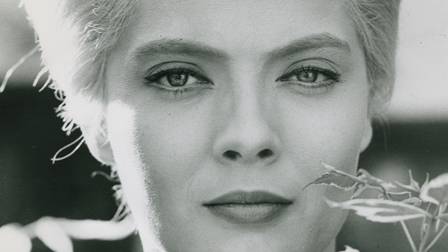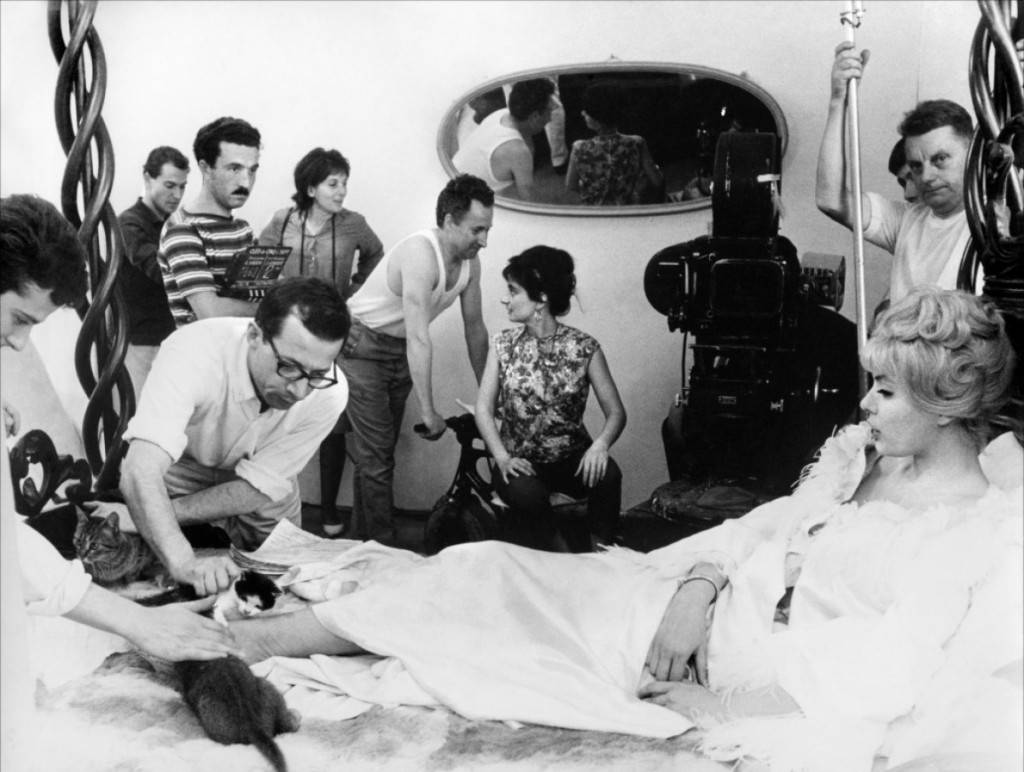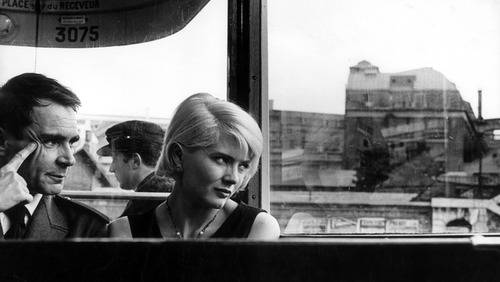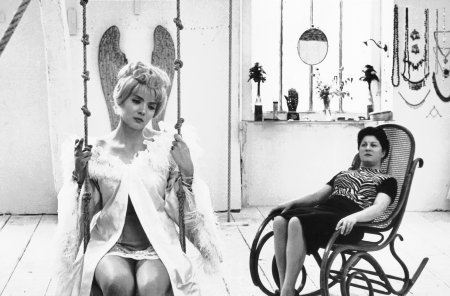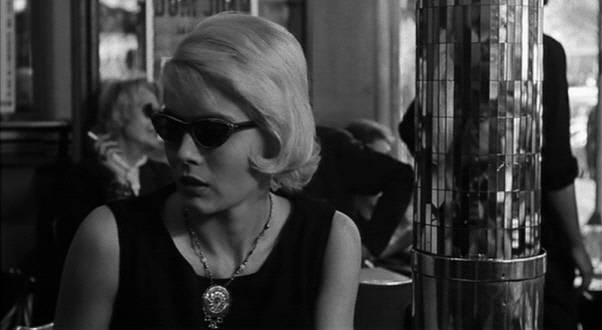Cléo from 5 to 7
From the opening credits of Agnès Varda’s Cléo from 5 to 7, you know this is going to be a stylish and important film of the French New Wave, a period of Cinema history dominated by François Truffaut and Jean-Luc Godard.
In the colour credit sequence Cléo (Corine Marchand), a young and beautiful Parisian, is having her future told and the Tarot cards confirm her worst fears as she awaits the results of a medical to detect whether she is suffering from an incurable disease.
The photography switches to the crisp monochrome, hand-held style that is typical of French films of the period. Varda creates an almost documentary feel as we spend the next 90 minutes following Cléo, a famous pop singer, around the chic streets of ’60s Paris in real time.
Cléo is very superstitious and sees omens of death everywhere, her maid encourages this, advising her not to wear the new hat she bought because it’s a Tuesday, not to drink coffee and to avoid cats! That’s not all; the film is split into 13 chapters so it really looks as though her fate is doomed! Still, she tries to look on the bright side musing, “Ugliness is a kind of death. As long as I’m beautiful, I’m alive.” How very French.
We soon discover that Cléo’s songs are going out of fashion, and despite efforts of Michel “Windmills of Your Mind” Legrand (who makes a cameo as her songwriter) to provide a new hit, she is sick of success and her empty existence. Her current lover briefly visits her but their busy lives don’t allow them enough time to even kiss!
Corine Marchand is excellent as the spoilt but tragic rich girl and gives a poignant performance bringing great depth to lines like, “Everyone spoils me – no one loves me!” Throughout, her tragedy is put into context by the conflict in Algeria; she is not the only person facing imminent death.
Don’t be put off by the gloomy subject matter; Cléo from 5 to 7 is an exuberant and very stylish film that benefits from many lighter moments. Not least a fantastic Silent Comedy parody, where a man wearing dark sunglasses thinks he’s seen his lover knocked down by a car, only to find that due to his obscured vision he’s looking at the wrong girl, “Damn dark sunglasses, make everything look so black!” Indeed.

